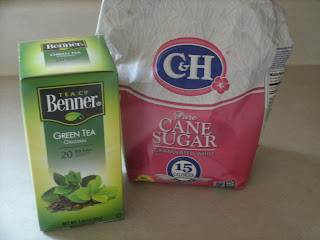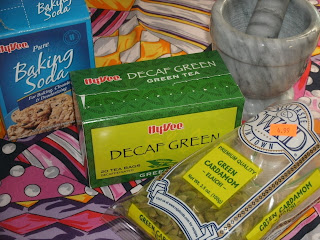Indonesia
Indonesia
Today we travel to the land of Ceylon tea. So what are we making? An herbal tea!
I realized this disconnect after I had done my research. Indonesia has always been a bit of a favorite for me. I like art, and textiles, and batik. I remember wearing a draped piece of batik as a skirt in college, and one of my classmates was so excited to see it. She was from Jakarta. My favorite island has always been Sulawesi because it looks like a calligraphy "K" with a long leader stroke. Many years ago, there was a vendor at the county fair who sold fair trade goods made by a family in Indonesia. I think they lived on Jakarta. I have a couple of sarongs from them, and my favorite home decoration (that I named Sulawesi).
I'm not sure what kind of bird this is, but I'm guessing it is a water bird given the length of the legs, and the fact that it lives on an island. So, let's sit back and learn a bit more about this country. Indonesia is on the equator, and its islands span a length equal to 1/8 of the circumference of the earth. There are over 100 active volcanoes, with Krakatoa being the most famous. I was also intrigued to read that they have over 5000 species of orchids (I have 2 species of orchids living in my house). I was also amazed to find out that the Indonesian language was a second language for many of the inhabitants, and that over 100 languages are spoken by the people who live there. There is free or nearly free basic healthcare, and a state sponsored insurance program for the poor and middle class to access specialists and hospital care. The urban and rural population is just about 50/50 with just a few percentage points more living in cities than rural areas.
So what did I find for tea? Ginger turmeric tea. The original recipe calls for fresh ginger and fresh turmeric. While I can find fresh ginger easily, fresh turmeric is a bit more of a challenge. The expensive, college town grocery store has it sometimes, but not when I went looking for it. It's also really expensive, like $6 for a few ounces. It is really pretty. The dark orange color that shows through the brown skin on the root reveals how much lighter in color the dried and powdered product is. Maybe it's a good thing I couldn't find fresh turmeric considering how it is often used as a dye.
So here is my improvised recipe: I placed 1/2 teaspoon each of ground ginger and ground turmeric in a coffee filter. I had read some recipes where you just dump the ground spices in hot water without filtering them, but I don't like the results that you get with that method. The bottom of the cup is always quite strong.
I tied the coffee filter closed with a string that I cut off of a tea bag (before it got used). I also used a piece of cinnamon as the recipe called for.
Into the pan of water it goes, to simmer for 10 minutes. I used a cup (about 250 mL) of water. Check out that color!
No straining required, I used a fork to get the cinnamon stick out, and discarded my coffee filter of spices.
Then I added the final ingredient of a little bit of milk. I was a little disappointed in how light it became. This was my first experiment, and it was a little weak. I made another batch using twice as much ginger and turmeric. I also let it simmer for about 15 minutes, and it came out much better. While my source said that the fresh spices used to make this tea can be used to make 3 or 4 batches of tea, the powdered spices are really only good for one batch. Here in the States, taking turmeric in capsule form is a popular health fad, but I prefer to taste my turmeric, and this is a good way to serve it.









That's definitely bright!
ReplyDeleteLike I said, it's probably a good thing that I'm not pounding fresh turmeric in my kitchen.
Delete